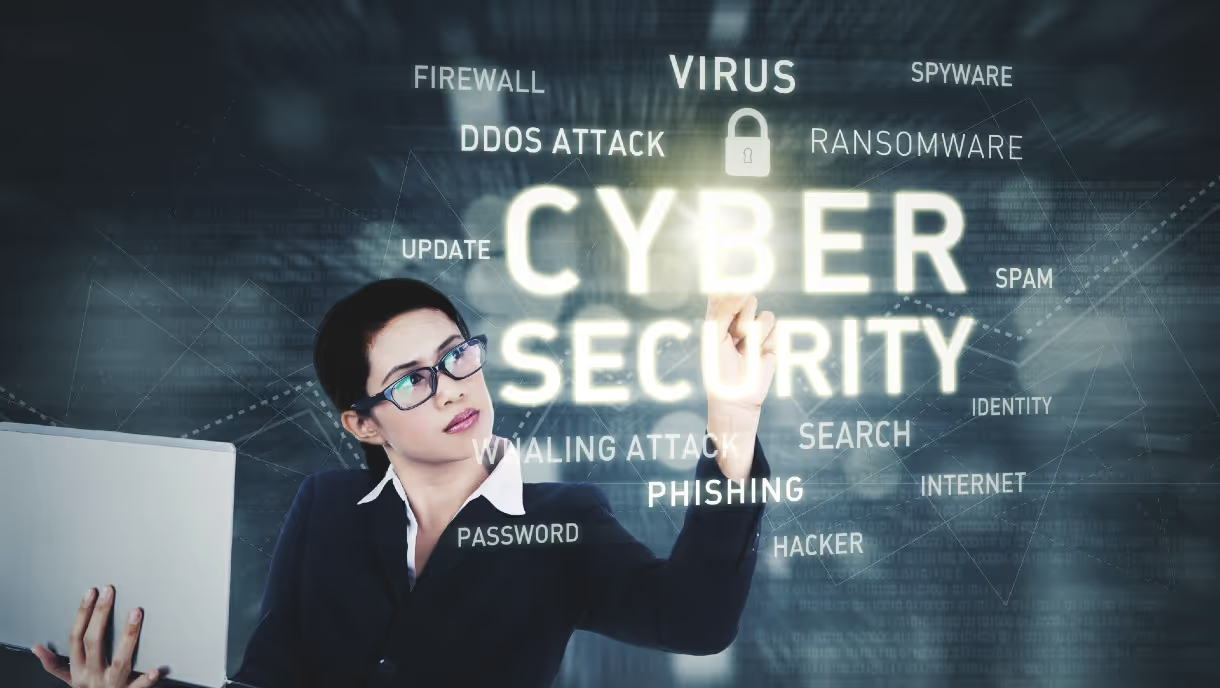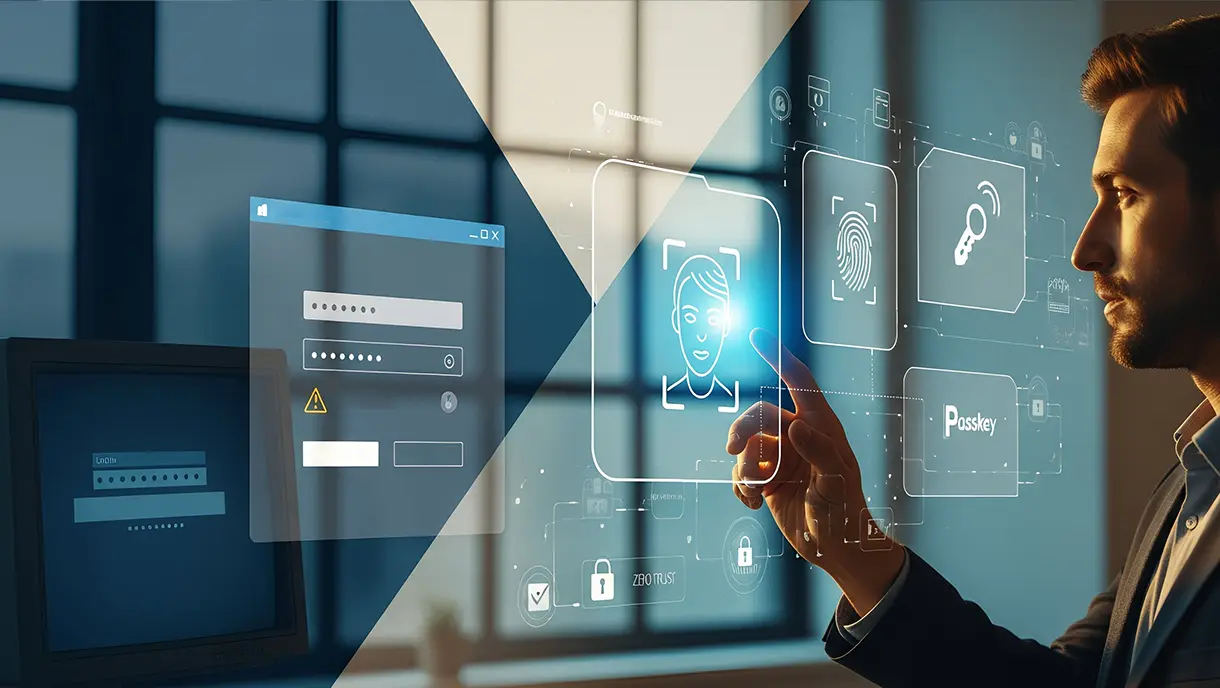ChatGPT cybersecurity concerns: A deep dive
ChatGPT offers powerful capabilities but also raises cybersecurity concerns, including phishing and misuse of code. Hackers can exploit it to create convincing scams or bypass security layers. To mitigate risks, organizations should use tools like GPTzero, enable multifactor authentication, adopt password managers, and stay informed about emerging threats. Responsible use and proactive security measures are key to preventing misuse.

Since its introduction in November 2022, ChatGPT has rapidly emerged as a groundbreaking AI-driven tool, capturing the interest of tech enthusiasts and professionals alike. Its versatility allows users to harness its capabilities for various tasks—from composing eloquent speeches and creating catchy song lyrics to intricate programming tasks.
AI innovations are pivotal in sectors prioritizing integrating digital and physical security measures. They streamline and automate complex business processes, elevate the user experience, and bridge the gap between fragmented systems.
The internet showcases its capabilities, leading to concerns about potential misuse. ChatGPT can be a tool for hackers, potentially compromising cybersecurity programs we consider safe.
According to Check Point Research, in 2022, data breaches increased by 38%. The influence of AI on data breaches is a concern for many. This blog will discuss ChatGPT's potential as a cybersecurity threat and measures companies can adopt to mitigate risks.
Understanding the Cybersecurity Risk
How can malicious actors exploit ChatGPT?
ChatGPT is an advanced version of a language-based AI available to the public. It can interact with users with high accuracy, sometimes making it hard to distinguish from a human.
Phishing Scams
Phishing scams are common, and traditionally, users could identify them through errors in the content. With ChatGPT, hackers can craft error-free scripts, enhancing the effectiveness of their phishing attempts.
Misusing ChatGPT for Malicious Code
ChatGPT can generate code in various programming languages. While it won't directly provide malicious code, creative prompts can sometimes lead it astray. There's a potential for malicious actors to use it to generate harmful code.
Evidence of Malicious Use of ChatGPT
There are instances where ChatGPT-generated code has been used in phishing attacks. Some bad actors share Python-based code that can bypass security layers. The ease with which non-experts can create scripts using ChatGPT is a concern.
Mitigating ChatGPT Cybersecurity Risks: Best Practices
With rising cybersecurity concerns and the potential threats ChatGPT poses, it's crucial to understand the impact and adopt preventive measures:
Use Online Tools for Testing
- Use tools like GPTzero to identify AI-generated content.
- Be cautious with emails, especially those from unknown senders.
Use Multifactor Authentication
- Adds an extra layer of security by requiring:
- Something you know (password)
- Something you have (a phone or token)
- Something you are (biometrics like facial recognition)
- Significantly reduces the risk of unauthorized access.
Use of Password Manager
- Use unique, complex passwords for different accounts.
- Password managers help generate and store these securely.
- OLOID, for example, offers passwordless options like facial recognition and QR codes.
Stay Updated on Online Threats
- Keep up with the latest scams and AI-related threats.
- Read blogs, follow tech news, and educate your team regularly.
Conclusion
ChatGPT is increasingly integrated into various applications—from customer service bots to conversational search engines. Its ability to deliver tailored responses is revolutionizing how we engage with technology.
However, the potential for misuse remains a concern. Companies with expertise in AI tools, like OLOID, are well-positioned to help enhance security measures.
It’s crucial to understand that ChatGPT was not developed with malicious intent. The risks stem from how some individuals choose to exploit it. It’s our collective responsibility to use such tools ethically and securely.
FAQs
1. Is ChatGPT the main reason for the increase in phishing scams?
ChatGPT isn't the sole reason, but it has been used to craft more convincing messages.
2. How can I recognize AI-generated emails or messages?
Exceptionally coherent, polished, and error-free content might be a sign.
3. Are there tools to detect AI-generated content in messages?
Yes, tools like GPTzero can help identify AI-generated text.
4. Can ChatGPT-generated code be used ethically?
Yes. It can be used to automate tasks, write scripts, or enhance productivity ethically.
5. What guidelines exist to prevent ChatGPT misuse?
OpenAI provides ethical guidelines, but it's up to individuals and organizations to ensure responsible use.
Get the latest updates! Subscribe now!







